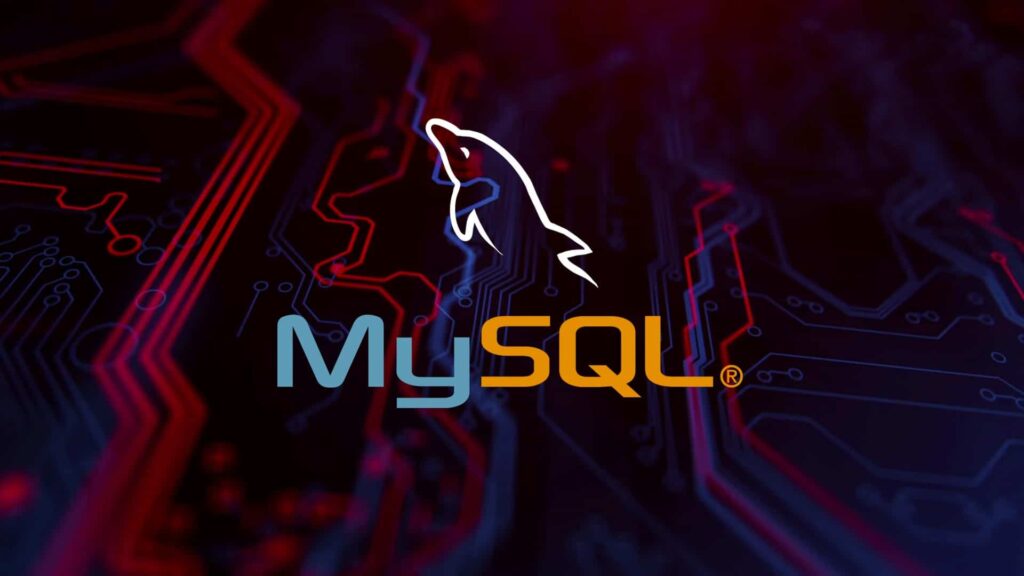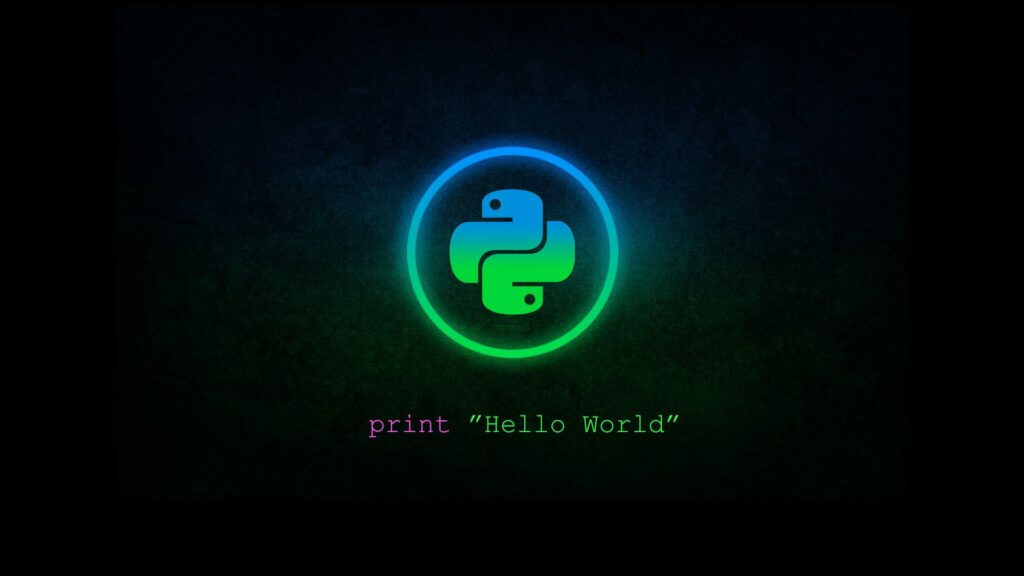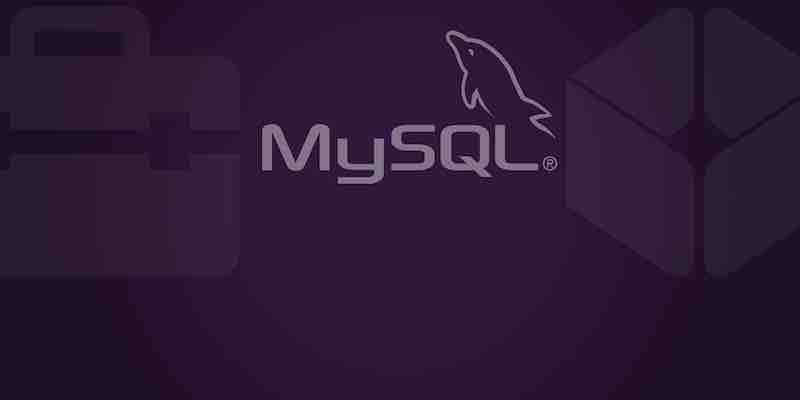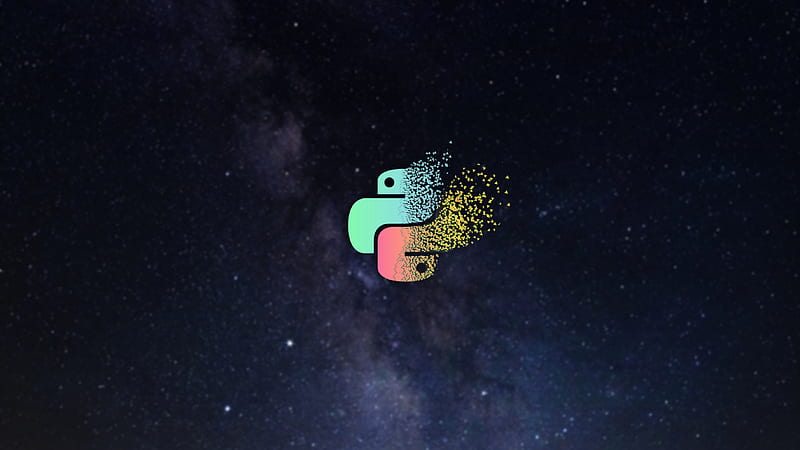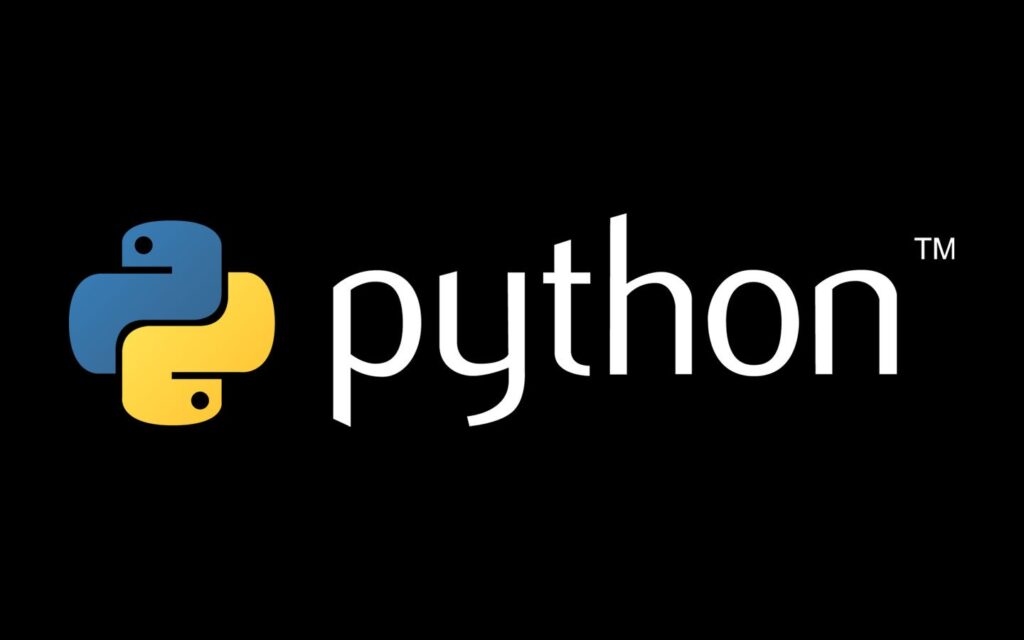Here’s a list of some of MySQL’s time functions with SQL samples: NOW() – returns the current date and time in the format ‘YYYY-MM-DD HH:MM:SS’ Example: SELECT NOW(); CURDATE() – returns the current date in the format ‘YYYY-MM-DD’ Example: SELECT CURDATE(); CURTIME() – returns the current time in the format […]
Devamını Oku
How to Choose the Right Message Broker for Your Application If you are developing a distributed application that relies on asynchronous communication between its components, you might need a message broker to handle the data flow. A message broker is a software module that acts as an intermediary between different […]
Devamını Oku
The article discusses the DBSCAN clustering algorithm, a density-based unsupervised learning algorithm. Unlike other methods, it is one of the most widely used clustering methods because it can handle clusters of any shape. The article explains the essential parameters in DBSCAN, including the maximum distance between two samples, the minimum […]
Devamını Oku
Date functions in MySQL are a set of functions that allow you to manipulate and extract date and time values from expressions, columns, or literals. Date functions help perform various operations on dates, such as finding the difference between two dates, adding or subtracting intervals from a date, formatting a […]
Devamını Oku
In MySQL, the WITH clause creates a temporary named result set known as a Common Table Expression (CTE). It allows you to define and reference a subquery in the main query. The syntax for using the WITH clause in MySQL is as follows: WITH cte_name AS (SELECT column1, column2, …FROM […]
Devamını Oku
Clustering is an essential technique in data analysis and machine learning that helps to identify patterns and relationships between data points. DBSCAN (Density-Based Spatial Clustering of Applications with Noise) is one such clustering algorithm widely used in many applications due to its ability to identify clusters of different shapes and […]
Devamını Oku
If you have some experience with object-oriented programming languages like Java or C++, you might be familiar with the concepts of getters and setters. These unique methods allow you to access and modify the attributes of a class while maintaining encapsulation and data validation. In Python, however, getters and setters […]
Devamını Oku
The Model-View-Controller (MVC) architecture is available in Python, and many web frameworks follow this architecture. Here are some popular Python web frameworks that follow the MVC pattern: Framework Description Django Django is a full-stack web framework with an ORM, a templating engine, and many other features for building web applications. […]
Devamını Oku
Onion Architecture is a design approach that aims to create a separation of concerns within the layers of an application. It is called “onion” architecture because the design is layered, with the core domain logic at the center and the outer layers representing services and infrastructure. The layers of an […]
Devamını Oku
Well, this is our world 🙂 Take a look at the following code. Let’s imagine that input is actually user input or some value we get from an API. That’s going to print out These things are equal: True right? Right?! Well not if you live in Turkey. Or more accurately, not if the […]
Devamını Oku
